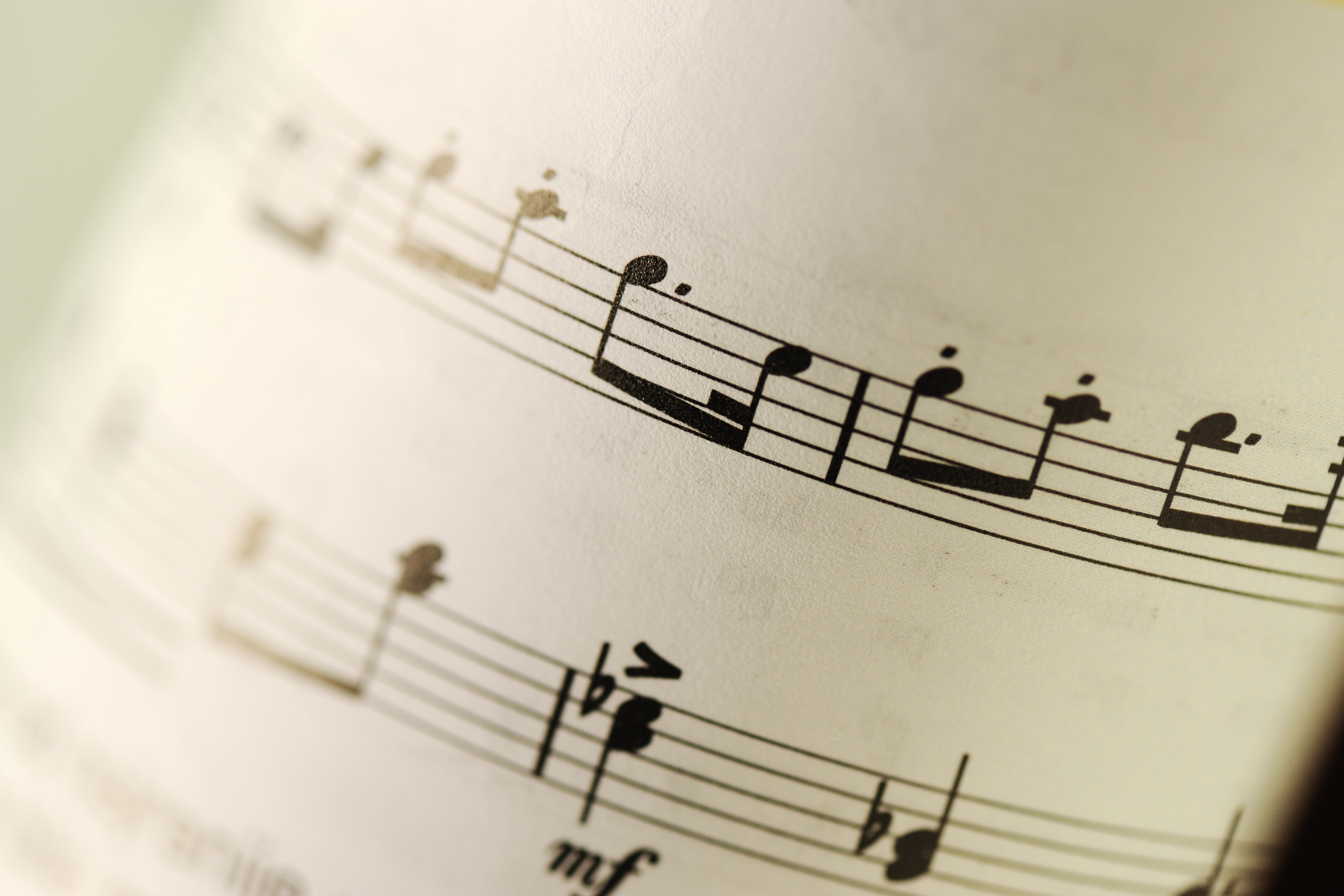It is fairly uncommon for a sound to serve as a trademark for goods, likely due to how we define trademarks. In order for a mark to be registered, it must the mark must serve as a source identifier for the product or service. Typically, this involves that mark being placed on the goods, their containers, or displays that advertise them. For services, the mark has to be used in marketing materials such as websites or brochures. As you might imagine, this proves fairly difficult for a sound mark.
Still, there have been instances of sounds attaining registration. A trademark for action figures using the “Tarzan yell” is held by Edgar Rice Boroughs, Inc. The Pillsbury Company holds a mark for the Pillsbury Doughboy’s “childish giggle.” MGM has a mark for the lion’s roar in their logo. You can actually find a page on the USPTO site that lists several of these marks and allows you to listen to them.
Which brings us to Duracell and the three musical notes associated with their batteries that play in Duracell commercials.
Duracell’s Argument for Their “Slamtone” as a Trademark for Goods
When Duracell attempted to register the musical notes – their “slamtone” – as a mark for their batteries, their argument was that they had been using it since 1974, and it was closely associated with Duracell batteries.
The examining attorney disagreed, refusing registration on the grounds that the “specimens” they used to forward their argument for registration were “mere advertisements” – e.g., audio ads for Duracell batteries that played over store speakers. But just because something is part of an advertisement for a particular product does not qualify it as a mark for that good. The examining attorney suggested that she might have awarded the mark if the slamtone had been played at an actual Duracell battery display: a shelf-talker.
Duracell shot back that the store’s speakers played their slamtone throughout the store repeatedly – over 100 million times, with more than a billion customers hearing it – including right above the area where their batteries were being sold. Moreover, those stores had sold over a million Duracell batteries. In their eyes, people were clearly associating the slamtone with their batteries specifically.
An Advertisement Does Not Equate to a Trademark… Except When It Does
That was the argument that Duracell made to the TTAB when they appealed the examining attorney’s decision, and the TTAB agreed.
Why?
The board found that the way Duracell used their slamtone in a manner that met the standard of:
“…point-of-sale material such as banners, shelf-talkers, window displays, menus, or similar devices which are designed to catch the attention of purchasers and prospective purchasers as an inducement to consummate a sale and which prominently display the mark in question and associate it or relate it to the goods in such a way that an association of the two is inevitable even though the goods may not be placed in close proximity to the display or, in fact, even though the goods may not physically exist at the time a purchaser views the display.” In re Bright of Am., Inc., 205 USPQ 63, 71 (T.T.A.B. 1979)
In other words, they found that the slamtone was being used both to explain the batteries’ benefits and to convince shoppers in the store to buy them. Exactly how a trademark for goods should operate.
